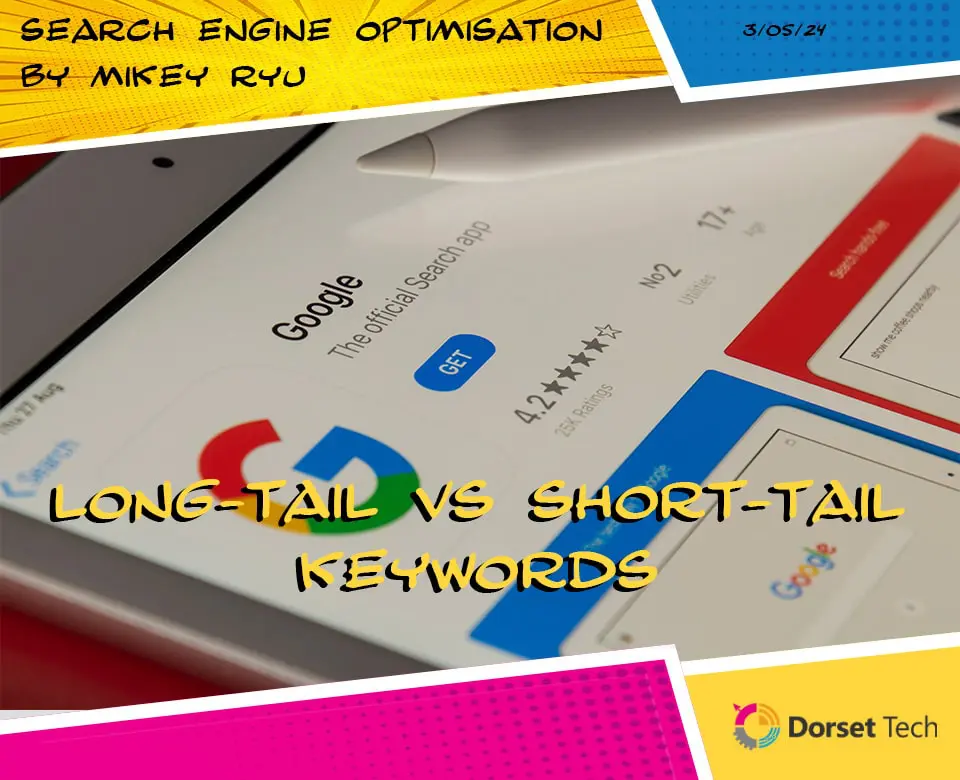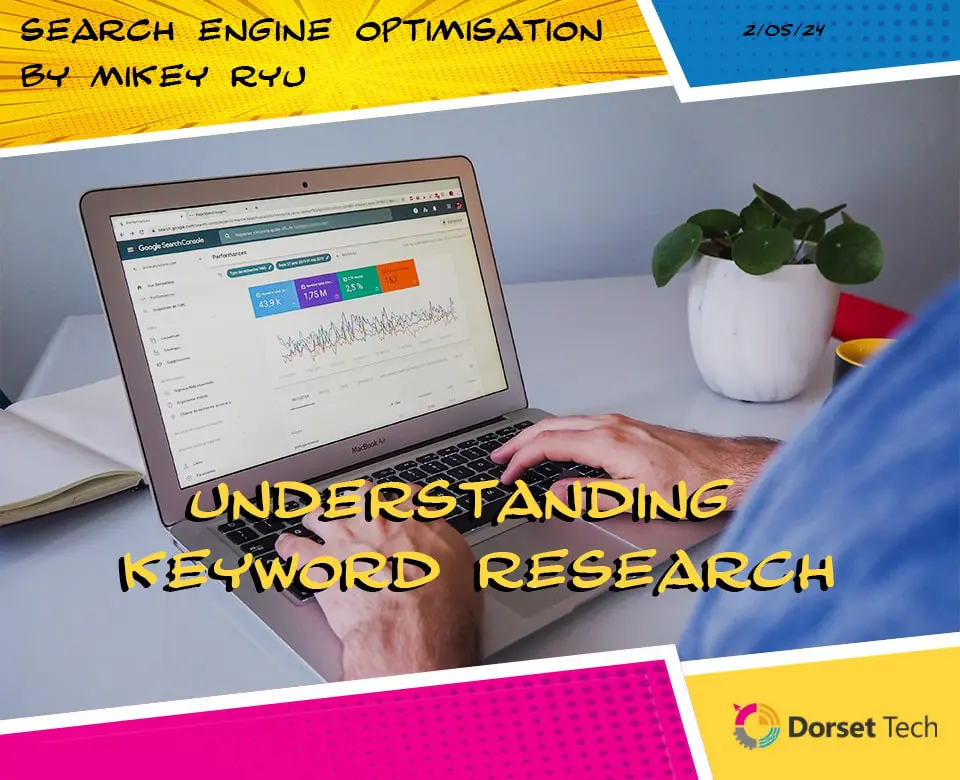The Significance of User Intent in SEO Copywriting
In the realm of SEO copywriting, where the digital landscape is shaped by ever-evolving algorithms and user behaviours, understanding the profound impact of user intent is paramount. It’s the compass that guides content creators toward crafting compelling narratives that not only rank well on search engine results pages (SERPs) but also resonate deeply with the needs and desires of their audience. In this exploration of user intent, we delve into its pivotal role in SEO copywriting, unravelling its significance and unveiling strategies to harness its power effectively.
Deciphering User Intent:
User intent lies at the heart of every search query—a silent yet potent force that drives user behaviour and shapes the digital experience. It’s the motive behind the search—the underlying question, problem, or desire that prompts the user to seek information or solutions. By deciphering user intent, content creators can tailor their messaging to align with the user’s needs, increasing relevance and engagement in the process.
Understanding the Three Pillars of User Intent:
User intent can be broadly categorized into three primary pillars: informational, navigational, and transactional.
Informational Intent:
Users with informational intent seek knowledge, answers, or insights. They’re looking to educate themselves on a topic, find solutions to a problem, or explore new ideas. Content that satisfies informational intent typically takes the form of guides, tutorials, how-to articles, or thought leadership pieces.
Navigational Intent:
Navigational intent pertains to users seeking specific websites, brands, or resources. They already have a destination in mind and are using search engines to navigate to it more efficiently. Content that aligns with navigational intent may include branded content, website landing pages, or product listings.
Transactional Intent:
Users with transactional intent are ready to make a purchase or take a specific action. They’re comparing products, seeking reviews, or looking for the best deals. Content optimized for transactional intent often includes product descriptions, reviews, testimonials, or call-to-action-driven landing pages.
Crafting Content Aligned with User Intent:
To effectively cater to user intent, content creators must adopt a user-centric approach to content creation. This involves:
Keyword Optimisation:
Aligning keywords with the intent behind the search query. Long-tail keywords and semantic variations can provide valuable insights into user intent, enabling content creators to tailor their messaging accordingly.
Content Strategy:
Develop a content strategy that caters to the various stages of the buyer’s journey and aligns with different user intents. This may involve creating a mix of informational content to educate and engage users, navigational content to guide them to relevant resources, and transactional content to facilitating conversions.
User Experience:
Prioritising user experience by crafting content that is clear, concise, and easily navigable. Use clear headings, bullet points, and visuals to enhance readability and accessibility, ensuring that users can find the information they’re looking for quickly and efficiently.
Measuring Success Through User Engagement:
Ultimately, the success of SEO copywriting hinges on its ability to engage and resonate with the audience. By tracking user engagement metrics such as bounce rate, time on page, and click-through rate, content creators can gauge the effectiveness of their content in satisfying user intent and adjust their strategy accordingly.
A/B testing can provide valuable insights into which messaging strategies or content formats resonate best with different user intents, enabling content creators to optimize their approach over time.
In conclusion, user intent serves as the guiding light in the intricate dance of SEO copywriting—a beacon that illuminates the path to relevance, engagement, and ultimately, conversion. By understanding the nuances of user intent, content creators can craft narratives that not only rank well on SERPs but also resonate deeply with their audience, forging meaningful connections and driving sustainable results. So, let’s embrace the essence of user intent, infusing our content with empathy, insight, and purpose as we navigate the ever-shifting currents of the digital landscape.





















